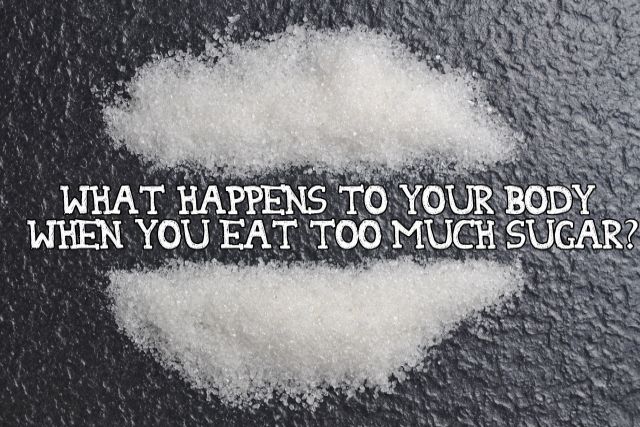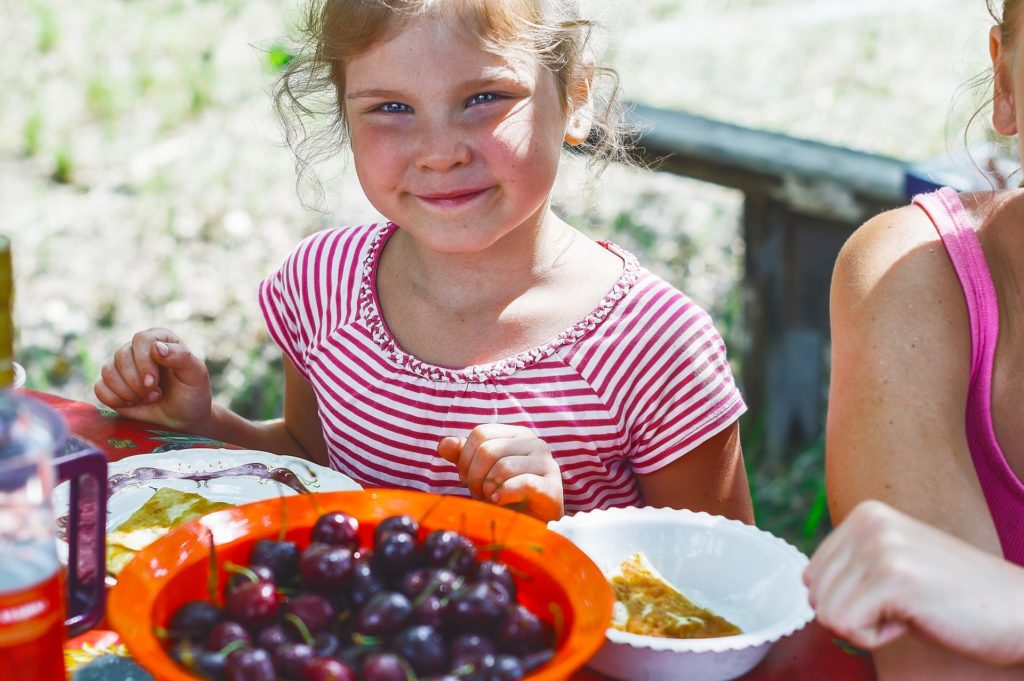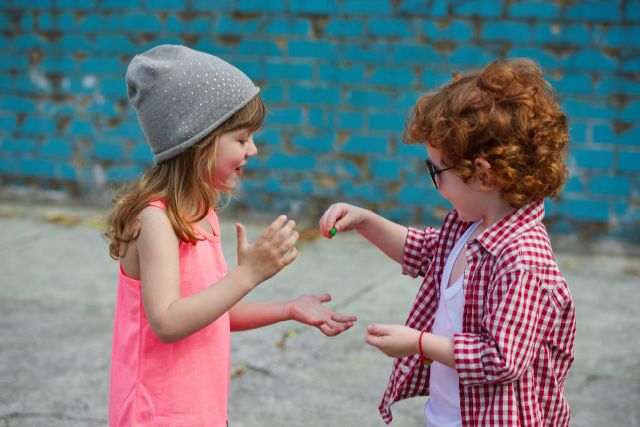Picky Eaters
How to Get Kids to Eat Healthy Snacks – Despite Halloween
Anticipation of Halloween seems to consume a whole month, leading up to an event much enjoyed by many!
Each year, it makes me think about how my own children used to gobble up all the holiday treats! What fun they had, dumping out their trick-or-treat bags onto the floor and reveling in their treasures.
Only to consume them all within a few days, of course. The challenge of how to get kids to eat healthy snacks is an even greater one on occasions such as Halloween, Easter, Christmas and birthdays!
When the end of year holidays are approaching, we as adults know it’s time to buckle down on our diets! Anything to avoid the holiday heaviness that can come with the New Year. But I wanted to take a moment to consider how to curb our children’s snacking habit.
The Danger of Too Much Sugar for our Children

Many kids really consume too much sugar throughout the holiday season. Knowing how to get kids to eat healthy can be a complex one. And we can never have too much good, reliable information to learn from.
So, I want to point out that there have been some wonderful documentaries I’ve watched this past year that reveal just how addictive sugar is on our human brain.
For example, did you know that research shows that eating sugar can produce characteristics of craving and even withdrawal? Chemical changes induced by sugar affect the limbic region of the brain – the reward center.
The Research:
The U.S. National Institute on Drug Abuse had simply astounding findings. NIDA was among the first to show that sugar causes changes in peoples’ brains similar to those experienced during addiction.
Scientists used brain-scanning technology to show how the changes were similar to those in people addicted to cocaine and alcohol. Too much sugar over long periods of time also can affect the natural balance of hormones that drive critical functions in the body.
And any of us who work with children know how important it is to maintain balance in the body, mind, and daily routine for that matter. I delve into this topic more in an article I wrote a while ago called Sugar – The Effect it Has on Your Child.
So, let’s talk about strategies to minimize our children’s sugar intake early in their lives. Let’s teach them that it’s not a good idea to overindulge in one sitting because of the overload it has on their brains and bodies for years to come.
How to get kids to eat healthy is our responsibility, after all.
Let’s use Halloween as a jumping off point to set some ground rules for the family’s candy cravings!
1. A Proper Meal
Give your kids a proper meal before they leave on the Halloween ‘trick or treat’ route. This is a great way to keep your children from filling their bellies with sugary treats.
Plan your afternoon or evening meal around your trick-or-treat plan. How to get kids to eat healthy stems from a parent’s example. Protein can prevent surges in blood sugar, which increase hyperactivity.
So, if you want to avoid dealing with your child having a sugar rush later, make sure there’s plenty of protein in your pre-Halloween meal.
(And be sure to leave out sugary drinks all day. Sodas and some juices already have double the daily recommendation for sugar!)

2. Tricks, not just Treats!
Encourage the community to select a few homes to go for tricks rather than treats Help your community put the TRICK back into “Trick-or-Treating.” Ask for volunteers in advance in your neighborhood, street, church, or school to offer tricks instead of candy treats.
(A great way to do this is by joining a Facebook group that caters to your neighborhood!) “Tricks” can include magic trick kits or cards. Tricks could also be a funny gag gift, like a painted rock or a toothbrush.
Or how about writing “TRICK!” on a fruit with a peel, like bananas or oranges? You could even use a Polaroid camera to surprise the children with a flash photo, then hand them their photo as their trick.
3. Encourage neighbors to give healthy, non-sugar treats
Along with the previous idea, ask for volunteers in your community to offer non-sugar treats, such as protein balls, small packets of nuts, or mini cheeses. (I still like the idea of writing “TRICK!” on the outside!)
4. Limit your child’s daily candy consumption
Don’t forget – you’re still the parent. You still get to make the rules and decide how your child’s treats are doled out. Just because they have a whole bag of candy doesn’t mean the household rules change.
(And if you don’t have household rules that limit how much sugar your children ingests in a day, now is a great time to make one!)
Typical recommendations for daily sugar intake for children range from 12-25 grams per day. That’s about 3-6 teaspoons. (Of course, this number can vary depending on your child’s age, weight, and caloric needs.)
Organizations that are in line with this range of daily sugar intake for children include: The American Heart Association, World Health Organization, Public Health England, and the Australian Dietary Guidelines.
There are a lot of people and organisations supporting us with information on how to get kids to eat healthy. Getting kids to eat healthy now supports them in a lifetime of good habits.
To help you with your rule-setting, here are a few examples of what comprises a maximum daily serving of sugar:
- Half of a regular-sized Hershey chocolate bar
- 1.5-2 fun sized candy bars
- Less than one fun-size Skittles (fun size = 30g!)
- 5-6 small lollies
- 2-3 sweet biscuits
- 1 slice of cake
- 1 small muffin
- 2 scoops of ice cream
- 1 tablespoon of syrup/honey
5. Encourage kids to donate a portion of their candy
This might be a good time to talk to your children about sharing and helping those less fortunate. Sure, we think about donating old clothes and toys to charities, but what about candy, too?
Share your lollies with the less privileged in the community. Donate them to the homeless, a church function or a school event. Not only will it prevent your son or daughter from consuming wasteful sugar and calories, it will teach them to help out for the greater good of the world.
Although one goal we have as parents is how to get kids to eat healthy, another is how to care for others!

Halloween can be tricky with a sensory sensitive child
As a pediatric occupational therapist, I work with a lot of children. Many of these are children who have sensory processing issues, ADD, ADHD, and Autism Spectrum Disorder.
These children are highly sensitive to changes in their environment, so Halloween can be especially tricky (no pun intended!).
If your child gets easily upset by things like:
- changes in their clothing (like wearing a Halloween costume),
- eating certain textures (like certain sticky candies, hard candies, or chewy gummies, among other things),
then you’ll want to be extra sensitive and supportive of their needs this Halloween. For that matter, we have a whole list of tips to enjoy Halloween with a sensory sensitive child.
See our recent post: Is Your Child Scared of Halloween? Halloween Tips for the Highly Sensitive Child
Don’t hesitate to seek help
If you find that you are no longer enjoying activities like Halloween, other holidays, or parties in general with your family, you should consider setting up a consultation with a child development specialist.
Perhaps there is more to your child’s sensitivity to the environment than you previously thought. It can be more than just how to get kids to eat healthy.
Whatever the situation, there are plenty of resources, exercises, and programs available that are simple and fun.
So, you can do them with your children year-round to help them cope. The right resources can help children learn to cope with a stressful environment, adapt to change, and recuperate from a meltdown.
Oh! and, Happy Halloween!
References:
Volkow, N.D., & Li, T.-K. (2004). Drug addiction: the neurobiology of behaviour gone awry. Nature Reviews Neuroscience, 5(12), 963-970.[8]Brownell, K.D., & Gold, M.S. (2012). Food and addiction: A comprehensive handbook. () Oxford University Press.